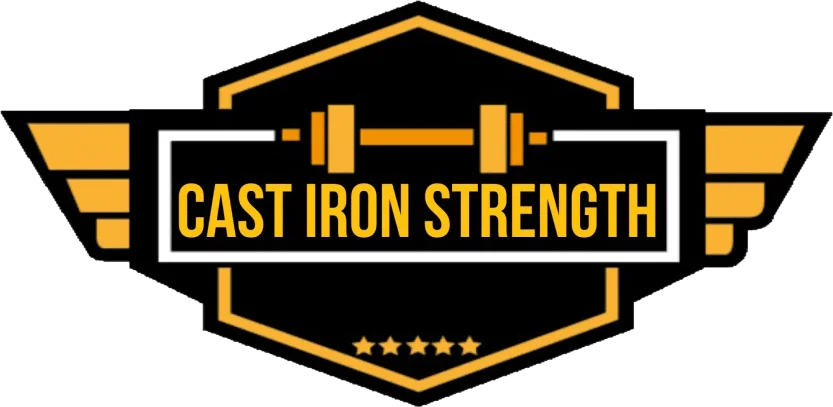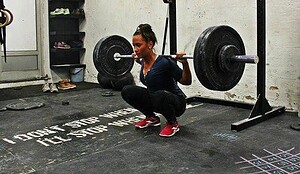In short
- Plyometrics improve some but not all explosive measures compared to soccer training. Sports science studies aren’t all greatly designed.
- How fat you are doesn’t effect how much fat you utalise during exercise for energy. If you want to maximise the shred perform your cardio at 55 to 59% of v02 MAX intensity.
- If your a distance runner you might not need to stress your lower body strength and perhaps should concentrate on building your hamstring strength.
- Contrast therapy is all in your head.
- Compression garments are all in your head.
- You can use your knee wraps after a squat work out to limit the blood supply to your legs and maybe get a better strength result from your lower body training.
Effects of 16 weeks of plyometric training on explosive actions in mid puberty soccer players
- Twenty two soccer players either underwent the control group’s training (just soccer training) or into the plyometrics group who replaced two soccer sessions for plyometrics sessions in their week.
- The study took place for 16 weeks with testing at base line and after intervention (training group where tested every 4 weeks as well.
- Plyometrics group improved in the following measures (20m sprint time (-3%), agility time (-6%), 5 bound distance (+12%) and Long jump (+7%).
- They also plotted the improvement over the 16 weeks and retests but I would argue this alone could facilitate the differences due to test/retest validity.
TL;DR = Plyometrics improve some but not all explosive measures compared to soccer training. Sports science studies aren’t all greatly designed.
Body fat levels have no effect on the maximal fat oxidation rate in young women.
- 14 young women where divided into two groups Normal Fat levels (15 to 25% bodyfat) and higher fat levels (25 to 35% bodyfat).
- On day one the women had their maximal vo2 max determined by an incline treadmill test.
- Day two they had their body fat assessed and partook in a maximal fat oxidation test. Researchers looked at the amount of fat utalised for fuel and looked at it in relation to Fat free mass, fat mass, percent body fat or vo2 max.
- None of these variables had a significant effect on fat oxidation during exercise.
- Researchers found that intensities of 55 to 59% of vo2 max where best for fat oxidation.
TL;DR = How fat you are doesn’t effect how much fat you utalise during exercise for energy. If you want to maximise the shred perform your cardio at 55 to 59% of v02 MAX intensity.
 Relationship between functional hamstring and quadriceps ration on running economy in highly trained female runners.
Relationship between functional hamstring and quadriceps ration on running economy in highly trained female runners.
- Seven highly trained runners where comapred against eleven recreational runners for Hamstring and Quad strength ratios, Vo2 Max and Sit and reach (hamstring and trunk flexibility).
- Higher trained runners had a higher hamstring and quad strength ratio at all knee angles with significant differences being found at 120 and 180 degrees of knee flexion.
- A significant correlation was demonstrated between hamstring and quadriceps strength ratio and running economy.
- Maximal hamstring/quadriceps strength and flexibility showed no significant relationship to running economy.
- Runners should consider implementing hamstring exercises to improve their functional strength ratios.
TL;DR – if your a distance runner you might not need to stress your lower body strength and perhaps should concentrate on building your hamstring strength.
Effect of contrast showers and contrast baths on recovery in elite netball athletes.
- 10 elite netball players completed one of 3 experimental conditions in a randomised order. Contrast baths (1 min @ 38 degrees C and 1 minute at 15 degrees C for 14 mins), Contrast showers (1 min @ 38 degrees C and 1 minute at 18 degrees C for 14 mins) or passive recovery (seated rest @ 20 degrees C).
- Agility, skin/core temperature and perception where measured before, immediately after, 5 hours and 24 hours after each condition.
- No significant difference was found for any of the performance testing after any condition.
- Perceptions improved significantly after both showers and baths.
TL;DR – contrast therapy is all in your head.
Influence of compression garments on recovery after marathon running.
- 24 subjects completed a marathon before being assigned to a compression or placebo group.
- Compression group wore lowerbody compression garments for 72 hours post run.
- Muscular strength, perceived muscle soreness and blood markers of muscle damage where assessed for both groups before, after, 24 hours, 48 hours and 72 hours after the marathon.
- Compression group reported significantly less perceived soreness 24 hours after the marathon when compared to placebo.
- There was no significant differences for muscle strength or blood markers of muscle between either groups.
TL;DR – compression garments are all in your head.
Effects of squat intensity in subsequent jump performance.
- Eight weightlifters took part in this P.A.P. study.
- They performed both medium intensity (75% 1RM for 3) and high intensity (90% 1RM for 3) squats before performing 3 maximal countermovement jumps.
- Both squatting conditions improved jump height and twitch torque compared over no squats.
- Heavy squatting was significantly better than medium squatting.
TL;DR – If you want to jump higher, squat heavier.
7 week practical Blood restriction training in well trained athletes.
- 62 collegiate athletes where divided into 4 groups (traditional strength programme, trad + supplmental sessions, trad + blood flow restriction and modified training programme + blood flow restriction.)
- Supplmental sessions consisted of bench press and squat. Participants completed 4 sets with 20% 1RM for 30 reps on first set and 20 reps on the last three sets.
- Blood restricted bench press was completed at the end of upperbody weights and blood restricted squat was performed at the end of lowerbody weights.
- Supplemental blood restriction when combined with high intensity strength training showed a significant strength increase for squat when compared to traditional strength training.
TL;DR – you can use your knee wraps after a squat work out to limit the blood supply to your legs and maybe get a better strength result from your lowerbody training.






